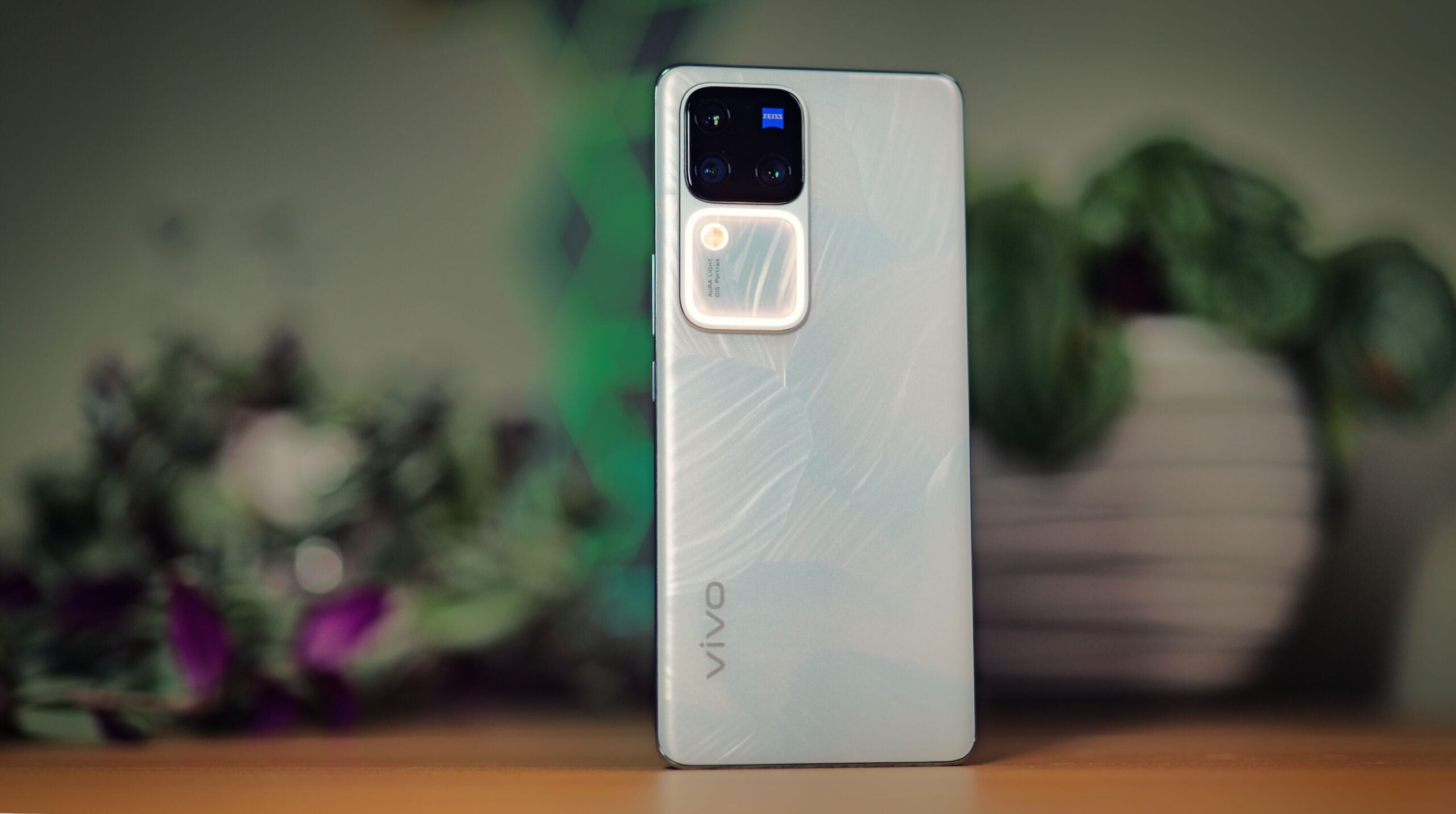Nubia Z60 Ultra Review
A phone that will undoubtedly turn heads, but not always for the right reasons.
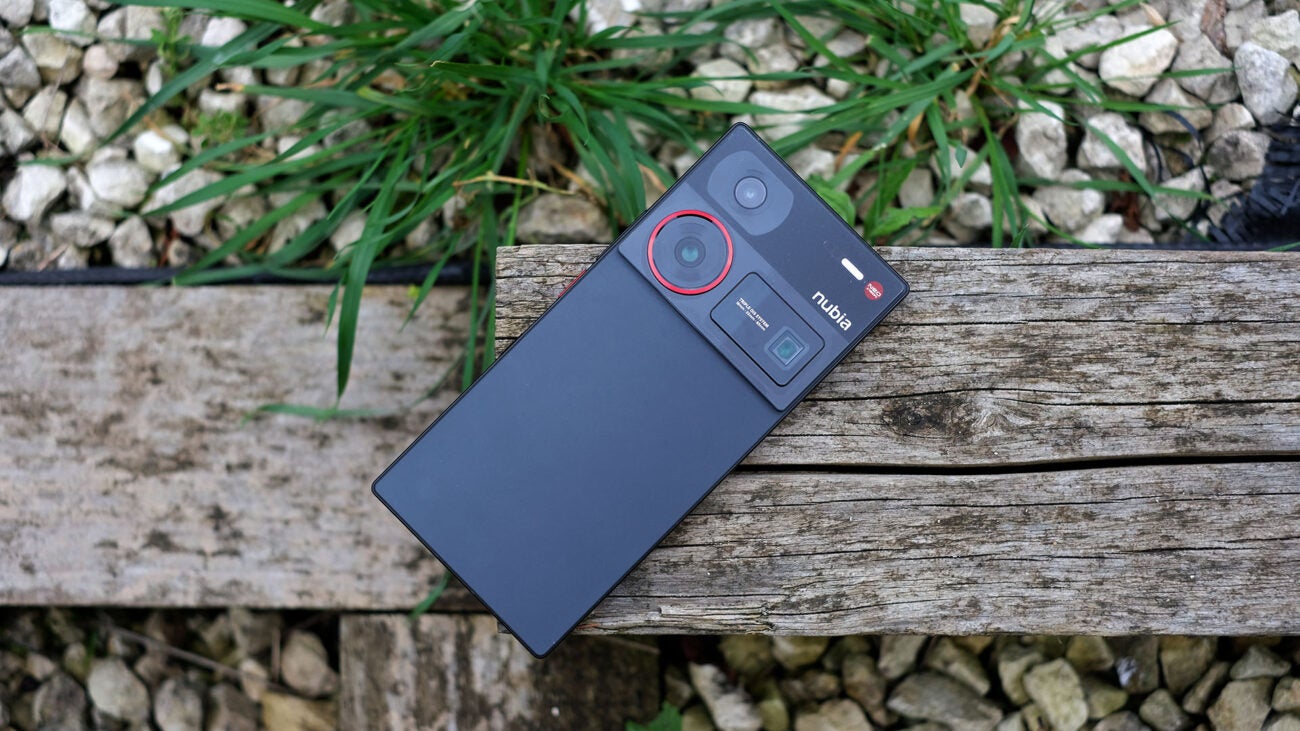
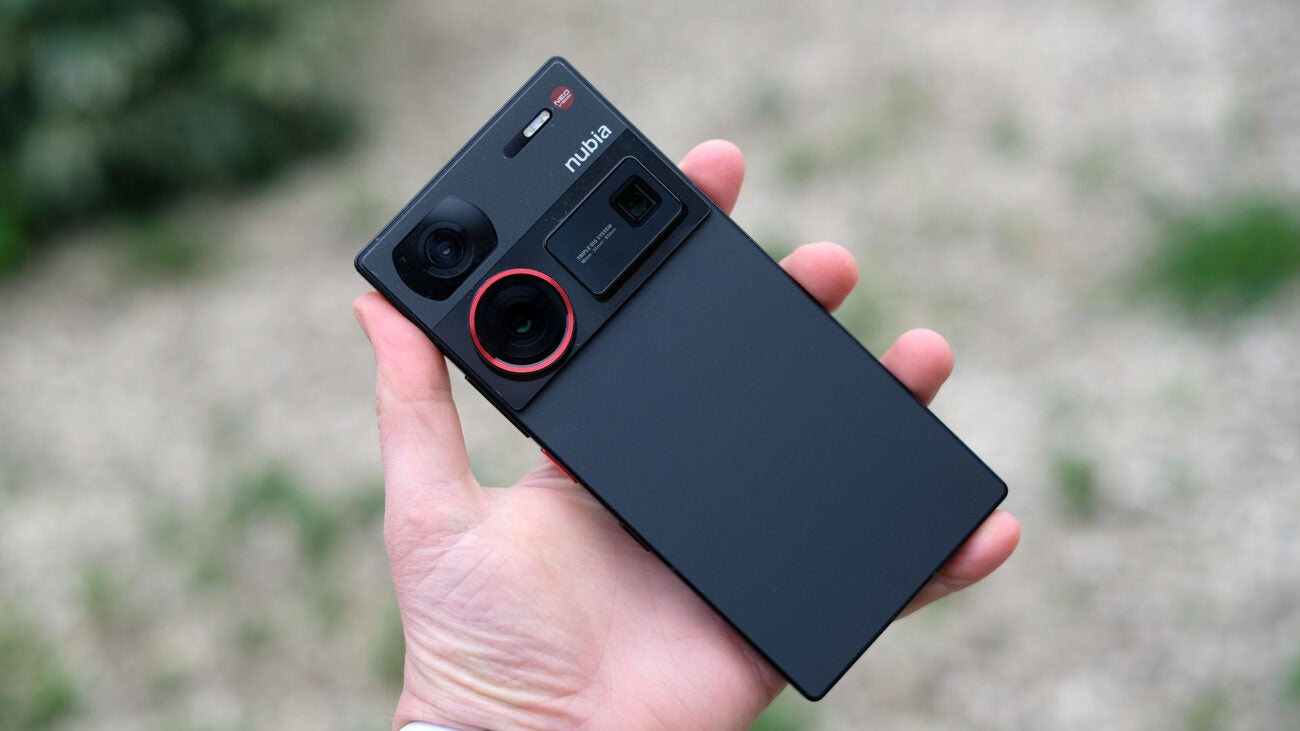









Verdict
The Nubia Z60 Ultra has the right processor, the right cameras, an unusually pristine-looking OLED screen and excellent battery life. It just lacks some of the software and design polish of the best top-price phones, making it a qualified recommendation.
Pros
- Long battery life
- Large punch hole-free screen
- Versatile triple camera with solid zoom
Cons
- Thick and heavy
- Unrefined camera processing and system software
- No wireless charging
Key Features
- 6000mAh batteryMost flagship phones have 4400-5000mAh batteries. This one is a 6000mAh cell, making the Nubia last noticeably larger than the competition.
- Under-screen selfie cameraThis phone’s selfie camera sits under the screen and is, unlike earlier generations, effectively totally invisible. Photo quality is sacrificed as a result, though.
- Snapdragon 8 Gen 3 CPUQualcomm’s top-tier processor guarantees strong performance, particularly for gaming as the graphics chipset is powerful.
Introduction
The Nubia Z60 Ultra will turn heads, if not always for the right reasons. It’s a phone from a brand most people don’t know, and has an aggressively blocky design.
Some might love it. Most probably won’t, but at least it’s a little different. The Nubia Z60 Ultra also provides a good amount of tech for your money, including a decent triple rear camera collection and a fast processor.
The real reason to consider a Nubia Z60 Ultra? Long battery life. 6000mAh battery capacity makes this one of the few high-end phones that can actually last a couple of days between charges.
Its pricing is reasonably competitive too. The Nubia Z60 Ultra starts at £749 for the model with 12GB RAM and 256GB storage, while the 16GB RAM and 512GB storage version is £899. That upgrade isn’t really worth £150, so I’d recommend sticking with the base Z60 Ultra, which is the one I used.
Design
- Striking but potentially off-putting design
- Thick and heavy
- Uses quality materials, good water resistance
The Nubia Z60 Ultra is a strange-looking phone. There’s an industrial blockiness to the rear, and each of the three cameras is housed in a distinct shape of surround.

It has never failed to make people ask what it is. But I’m not sure I’d go as far as to say anyone particularly admired its appearance. “Big and weird” is the vibe here.
The Nubia Z60 Ultra’s physical presence matches the look too. This is a chunky, heavy phone. It’s 246g and 8.8mm thick, and the brick-like shape does nothing to hide this thickness.

This one doesn’t go easy on hands or pockets. At least it doesn’t feel remotely cheap. The Nubia Z60 Ultra’s frame is aluminium, the back frosted glass. A case is bundled too. It’s not the usual silicone sleeve but a hard transparent plastic shell that primarily protects the back and corners, as much of the sides are left bare. That’s kinda sensible, as it doesn’t make the phone any wider.
No-one needs the Nubia Z60 Ultra to be any wider.
The more technical side of the phone is solid, though. It has an IP68 water resistance rating, as good as you’ll find in a phone like this, and there’s an IR blaster up top. It lets the phone act as a universal remote. But Nubia clearly doesn’t think there’s much appeal for it for a western audience as there’s no preinstalled IR app.
On the right side, by the power button and volume rocker, is a small flick switch. By default this opens up the camera app, but it can also be set to toggle silent mode or flashlight, among other actions.

There’s no headphone socket, a feature that would suit a nerd-friendly phone like this, and there’s no microSD card slot either.
Screen
- Uninterrupted 6.8-inch OLED screen (thanks to under-display camera)
- Flat, non-curved panel
- Rich colour
The Nubia Z60 Ultra’s rear is contentious, but we can all appreciate how slim its screen borders are up front. This is a 6.8-inch OLED with a 120Hz max refresh rate and Full HD-like 2480 x 1116 pixel resolution.
It took me a couple of days to actually notice the single neatest part of the Nubia Z60 Ultra screen, though. It has an invisible under-screen selfie camera. There’s no need to thicken out the top screen border to fit a camera in, as in a Sony Xperia I V. And unlike some of the earlier under-screen designs, you can’t tell a camera is under there regardless of what’s on-screen (as we’ll see later, this results in a flat-out bad selfie camera, but it’s all good news for the display).
Like most phone OLED screens these days, this one is colourful, bright and sharp. It’s large too, an ideal surface for YouTube and the like. When in bright conditions it can reach 800 nit of brightness, rising to 922 nits when displaying HDR content. Not bad.

However, it’s not the classiest of displays in one important respect. Colour isn’t calibrated carefully enough to make your photos look as they should unless you use the more muted “soft” colour mode.
On first switching to this mode it may seem a little low-energy by comparison, but I’ve grown to love it. This is an all-round strong display.
The Nubia Z60 Ultra has stereo speakers, and they are OK. Maximum volume could be higher, as could the power of the lower frequencies and bass. However, I’ve listened to hours of podcasts through these speakers happily enough. They just can’t compete with, for example, the sound of a kettle boiling nearby.
Camera
- Zero-fat triple camera array with good 3x periscope zoom
- Slightly unrefined processing
- Poor selfie camera, thanks to under-screen design
The Nubia Z60 Ultra has three rear cameras, and what I consider to be a near-ideal array. There’s a 50MP regular camera, a 64MP 3.3x periscope lens and 50MP ultra-wide.
Nubia hasn’t put in any trash cameras to bump up the lens count, and that zoom range is fantastic for a phone that starts at well under £1000. You really feel like you have a stack of compositional options at your fingertips whenever you pull out the camera. And the slider on the side starts the camera app for quick-fire shooting.
Image quality is solid from all three cameras, and the Nubia Z60 Ultra uses a mix of decent Omnivision and Sony sensors (Sony IMX800, OV64B40, OV50E40).

Pictures hold up well at night, even when using the ultra-wide, and the Auto HDR largely avoids overexposure in more tricky scenes. The main camera also has an unusually “zoomed in” focal length by phone standards, which was a not-unpleasant shift from the norm.
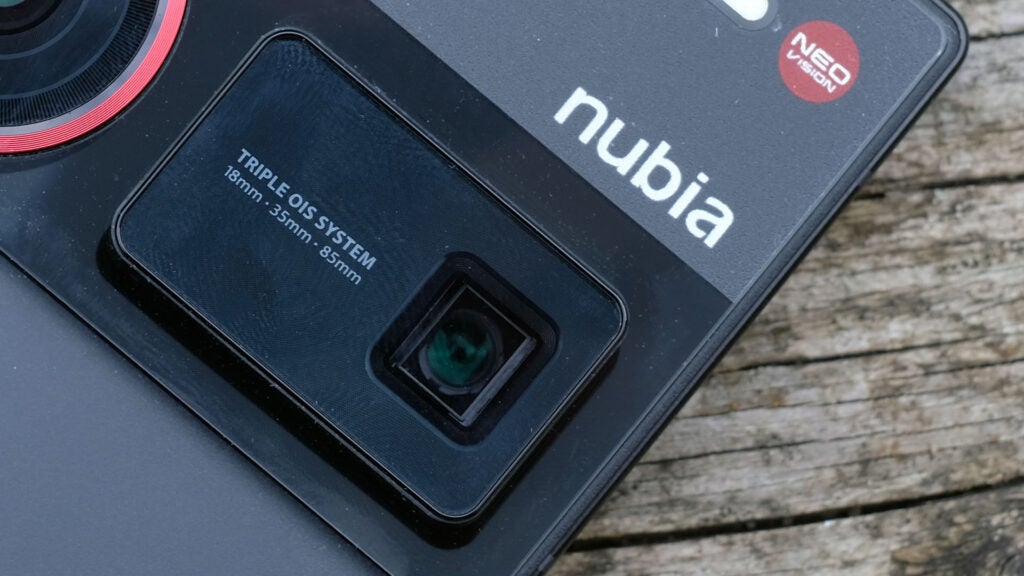
I don’t think the Nubia Z60 Ultra will trouble the likes of the Samsung Galaxy S24 Ultra or Pixel 8 Pro, though.
There’s a somewhat synthetic look to the processing up close, and shot-to-shot speed here isn’t amazing. You have to wait a second or so between captures, making it seem as though the Nubia Z60 Ultra takes a linear approach to processing, getting one picture squared away before letting you hit the shutter button again.
Looking through the few hundred photos I took with the Nubia, there are a few other negative tendencies here. Images can appear oversharpened, colour can run a little hot and the Z60 Ultra likes a bright and punchy image, to an extent that can occasionally lead to slight over saturation or unnatural-looking skies. The main camera also suffers from purple fringing, which can be quite obvious in certain scenes.
Which of these little issues you’ll notice, if any, varies by the scene. Some of the idiosyncrasies can be tweaked away with a quick edit, though.
My overriding takeaway is a good zoom, a quality ultra-wide and software/hardware powerful enough to cope at night is a recipe for a good time, regardless of a few image quality complaints.
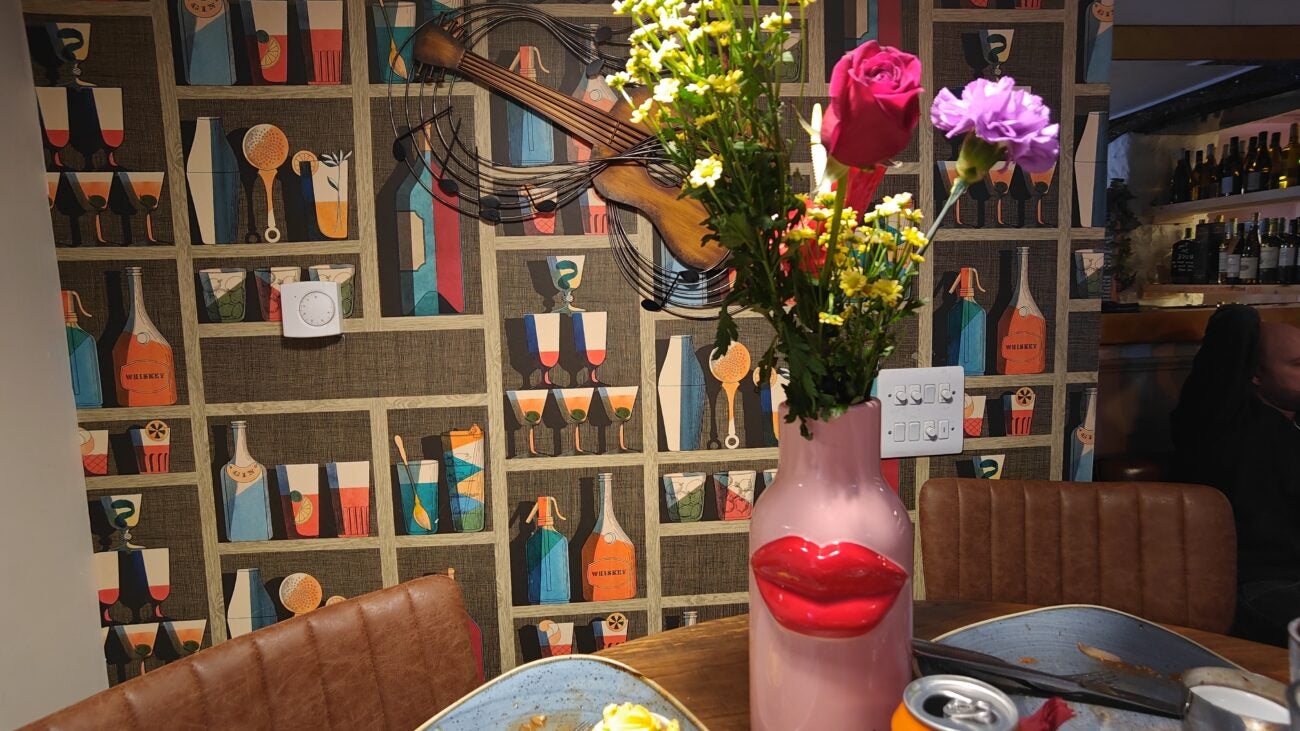



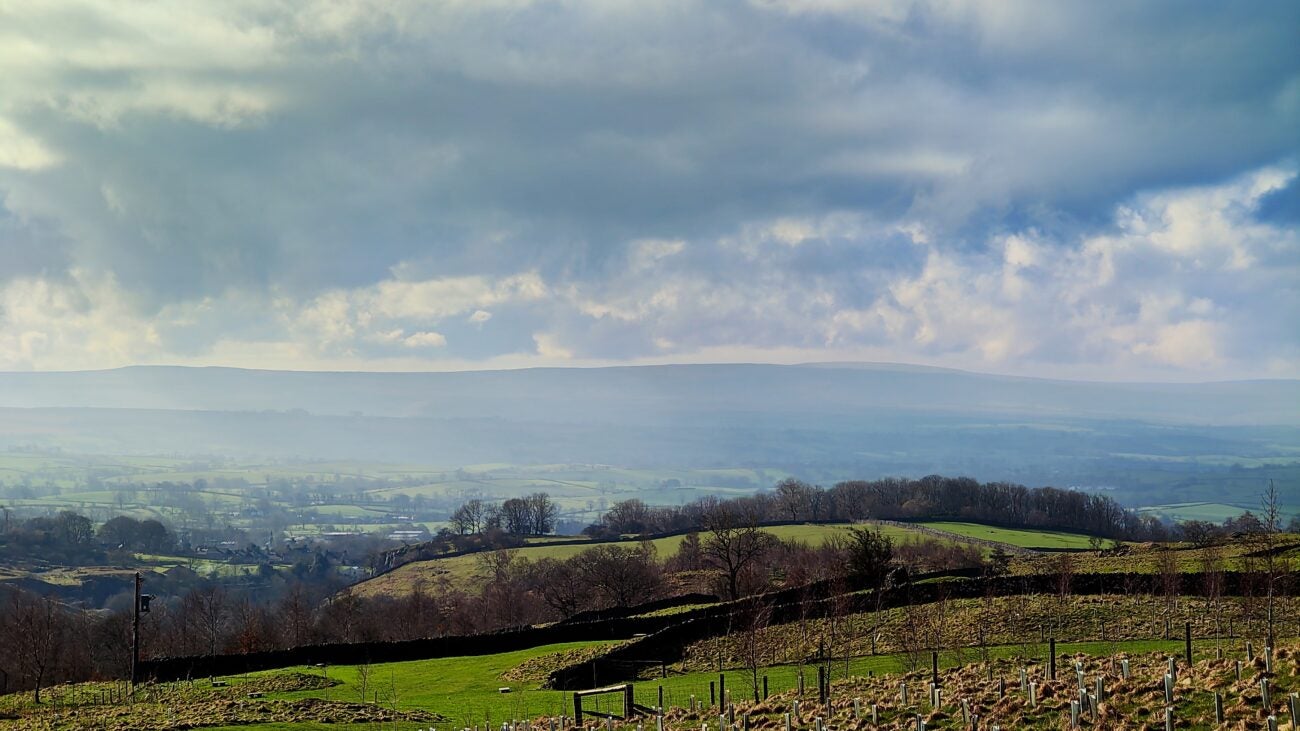
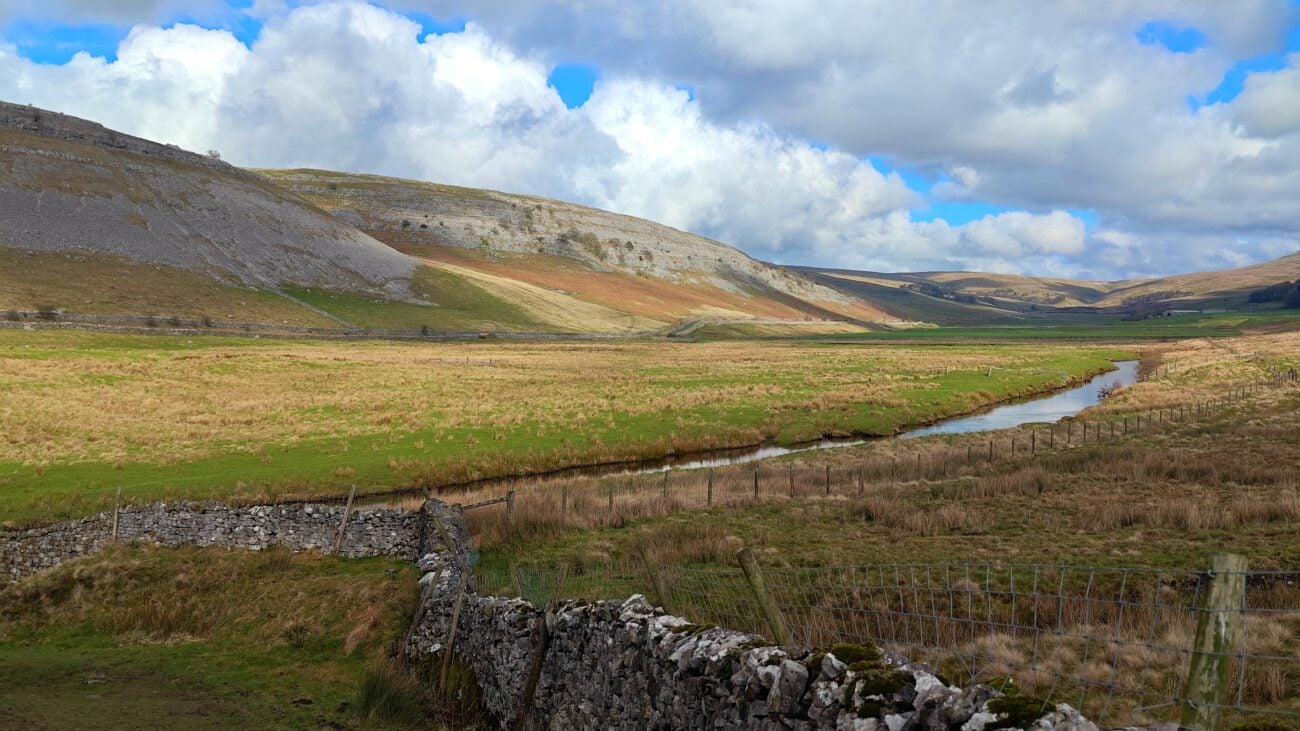

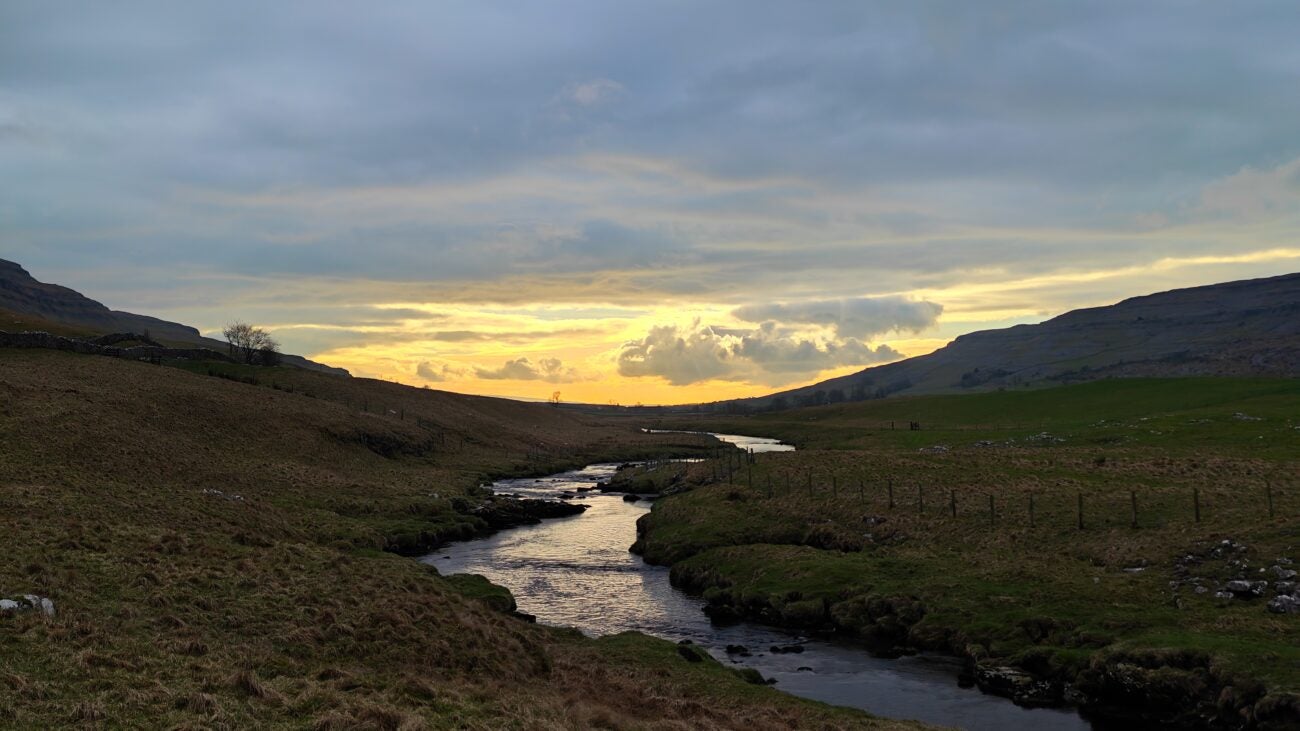



The Nubia Z60 Ultra’s selfie camera is very poor, though. It’s a 12-megapixel Omnivision sensor, which produces low-detail, milky-looking images. However, it’s hidden behind the screen, with no punch hole in the screen itself.
Nubia sacrifices selfie quality for a more movie-friendly display, and that’s perfectly fine in my book. Do not buy this phone if you love a good selfie, though.
Video is solid. The Nubia Z60 Ultra camera app lets you shoot with all three rear cameras, all at up to 4K resolution, while the primary camera can even head up to 8K resolution. I’d recommend sticking to 4K, though, as stabilisation is disabled at the maximum resolution.
Performance
- Excellent gaming performance
- Top-tier processor
- Doesn’t get too hot in general use
The Nubia Z60 Ultra has an excellent processor, the Snapdragon 8 Gen 3. It’s a highly efficient chipset with tonnes of graphics power.
It pairs beautifully with the great big OLED screen, and means the Nubia Z60 Ultra is a great phone for mobile gaming.
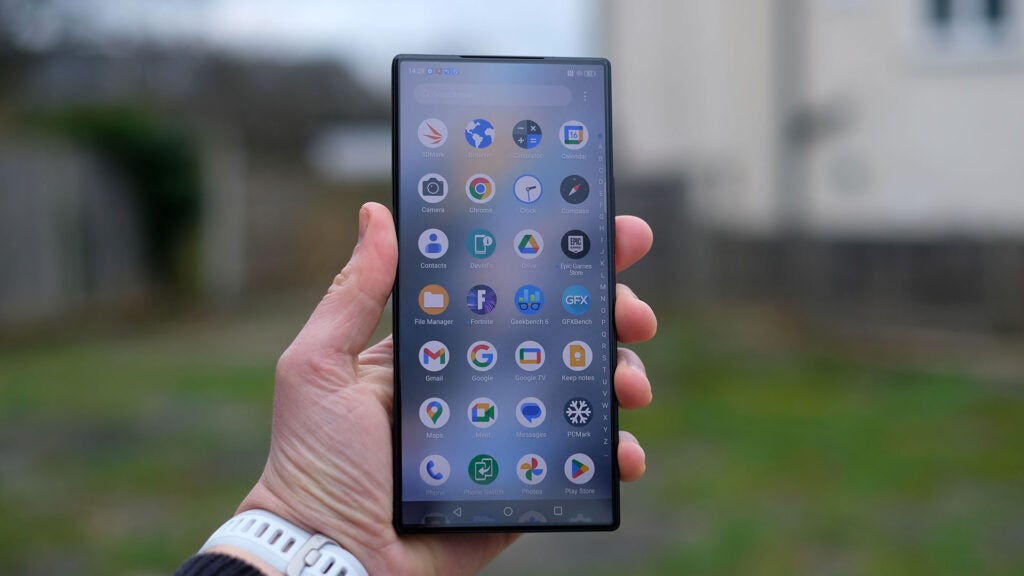
Unlike plenty of phones with earlier generations of the chipset, the Nubia Z60 Ultra doesn’t suffer from dramatic thermal throttling either. Testing suggests it loses 20% of its peak performance after 20 minutes going full-throttle, and that the loss is gradual, stabilising after 15 minutes.
I’ve tested plenty of phones that lost up to 60% using these Qualcomm 8-family processors, so a 20% performance loss is more than solid.
Software
- Inelegant interface
- Additional apps are not worth using
- Offers solid scope to customise the look
The Nubua Z60 Ultra’s front end does not make a great first impression. Nubia uses an interface called Fluid MyOS 14.
It’s not great-looking, lacking the visual polish of the best. The size of certain interface objects and the number put on each screen are all just slightly off compared to the most coherent-looking custom interfaces.
The preinstalled apps aren’t great either. The flaky default browser was quickly replaced with Chrome (which is also preinstalled), and some tweaking is required to get the interface looking halfway right on the screen.
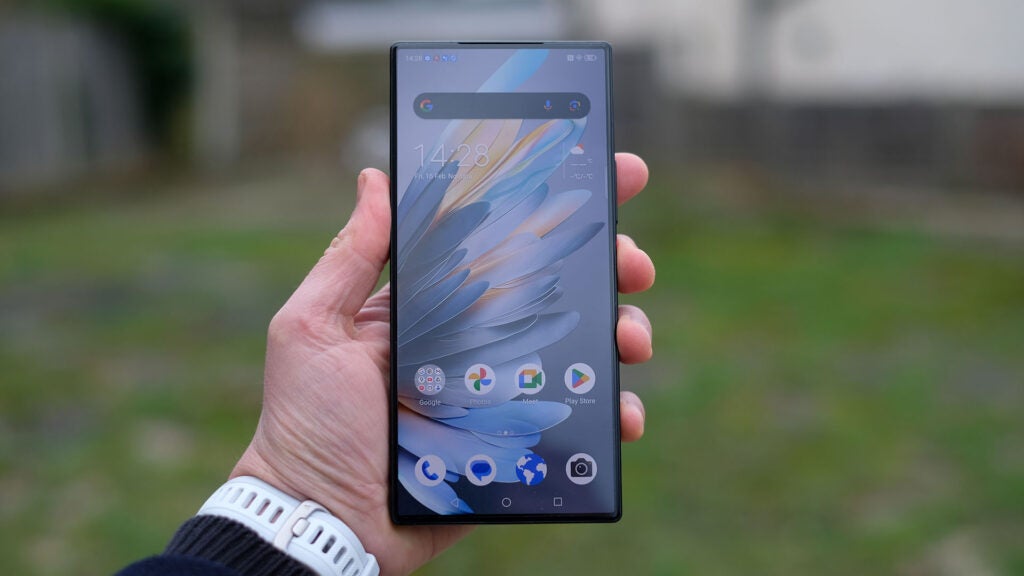
Thankfully, Fluid MyOS 14 doesn’t attempt anything too ambitious and has a familiar layout. And it does offer plenty of ways to subtly tweak how the Nubia Z60 Ultra looks. Within a day or so I’d largely forgotten about my first negative impression of the interface. Don’t let this one sway your decision too much, as Android still feels slick and responsive here.
Battery life
- No wireless charging
- Very good battery life
- Fast charging – 44 minutes to 100%
The battery is the best proof the Nubia Z60 Ultra is made for a pretty hardcore techy crowd. This is a 6000mAh battery, 1000mAh higher capacity than the standard for a large-screen phone.
As you’d expect, battery life is excellent. It can last two days of light use, or an absolute hammering on a single day.
During testing I got to take the Nubia Z60 Ultra on a weekend break away, and it’s absolutely ideal for that job thanks to its ultra-reliable stamina. It is something of a shame it doesn’t have wireless charging, though. This was likely too tricky to fit in the budget when the entry-level spec version with 256GB storage and 12GB RAM is competitively priced. But the rival OnePlus 12 has not just wireless charging but super-fast 50W wireless.

Nubia includes an 80W charger in the box. While not as nippy as the 100W of the OnePlus 12 or 120W Xiaomi 13T Pro, it’s easily enough input to ensure charging times do not become leaden just because of the higher battery capacity.
It reaches 45% in 15 minutes, hits 50% at 17 minutes, reaches 78% at the 30-minute mark and hits 100% at 44 minutes.
Latest deals
Should you buy it?
You want a long-lasting phone
The Nubia Z60 Ultra has an unusually high-capacity battery, and lasts ages between charges compared with much of the competition.
You are out for the slickest phone around
This is an odd-looking phone, and similar quirks are found throughout. Its camera, while good, has some contentious processing elements, and the interface and software need some tweaks to look and feel their best.
Final Thoughts
The Nubia Z60 Ultra is an unusual flagship phone, one most people will never hear about.
Two of its key strengths are a big screen that isn’t interrupted by a notch or punch hole, thanks to an under-screen selfie camera, and an extra-large battery that results in extra-long battery life.
There are trade-offs, though. This is a big and heavy phone, and a kinda ugly one by conventional standards. Its software isn’t great either. As ever this is just a thin veneer on top of standard Android, and you can tweak most elements, although the slightly heavy-handed camera image processing doesn’t have such easy workarounds.
How we test
We test every mobile phone we review thoroughly. We use industry-standard tests to compare features properly and we use the phone as our main device over the review period. We’ll always tell you what we find and we never, ever, accept money to review a product.
Find out more about how we test in our ethics policy.
Used as a main phone for over a week
Thorough camera testing in a variety of conditions
Tested and benchmarked using respected industry tests and real-world data
FAQs
It is water resistant to IP68, meaning it can take full submersion in water at a depth of at least 1.5m.
Nubia is a relative of ZTE, but it claims to operate as a separate company.
It does not have wireless charging.


